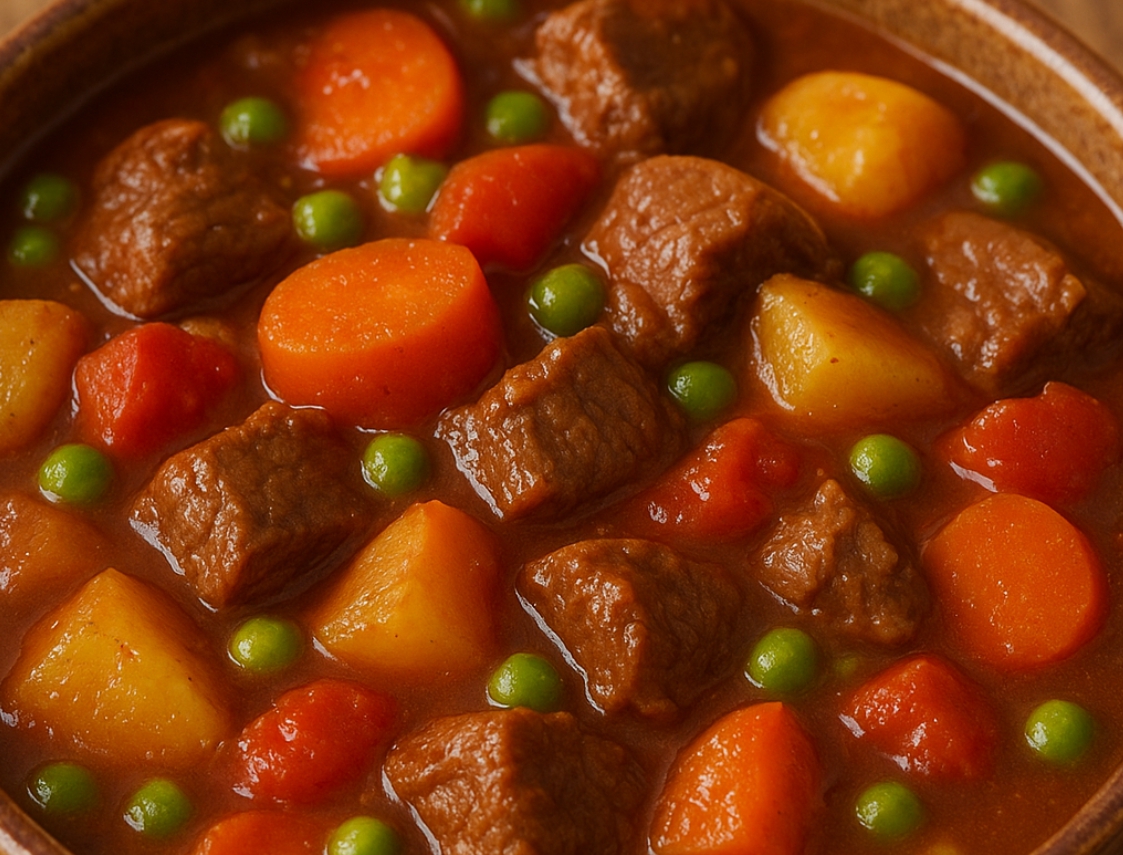1. Starch, the Hidden Helper in Cooking
Starch powders like potato starch, corn starch, and tapioca starch are used for various purposes, such as thickening sauces or making fried coatings crispy. We often consider starch a minor ingredient rather than a main one and tend to overlook its effect on blood sugar.
2. The True Nature of Starch
– Pure Carbohydrate: Starch is a fine powder made by extracting pure carbohydrates from sources like potatoes or corn, after removing all other components like protein, fat, and fiber.
– Fast Digestion and Absorption: Because its particles are very fine and it consists of pure carbohydrates, its speed of digestion and absorption in our body is extremely fast. Its glycemic index (GI) is also at a level similar to or higher than sugar, causing a sharp rise in blood sugar.
3. The ‘Hidden Carbohydrate’ Trap
– Thick Sauces: The thick sauces in many Chinese dishes like Jajangmyeon, Jjamppong, Yusansul, or Mapo Tofu are mostly thickened with a starch slurry.
– Soups and Stews: Soups, stews, curries, and hayashi rice also often use starch or flour (in a roux) to achieve a smooth and thick texture.
– Fruit Sauces: Sweet and thick sauces, like the one for sweet and sour pork (tangsuyuk), contain a tremendous amount of sugar and vinegar along with starch.
The starch dissolved in these broths and sauces is not easily visible, but it can cause you to consume a significant amount of carbohydrates, leading to unexpected post-meal hyperglycemia.
Summary: The starch powder used to thicken dishes is a ‘hidden refined carbohydrate’ that is digested very quickly. People with diabetes must control their portion sizes when consuming dishes with thick sauces or soups, taking into account the amount of dissolved starch.


Leave a Reply